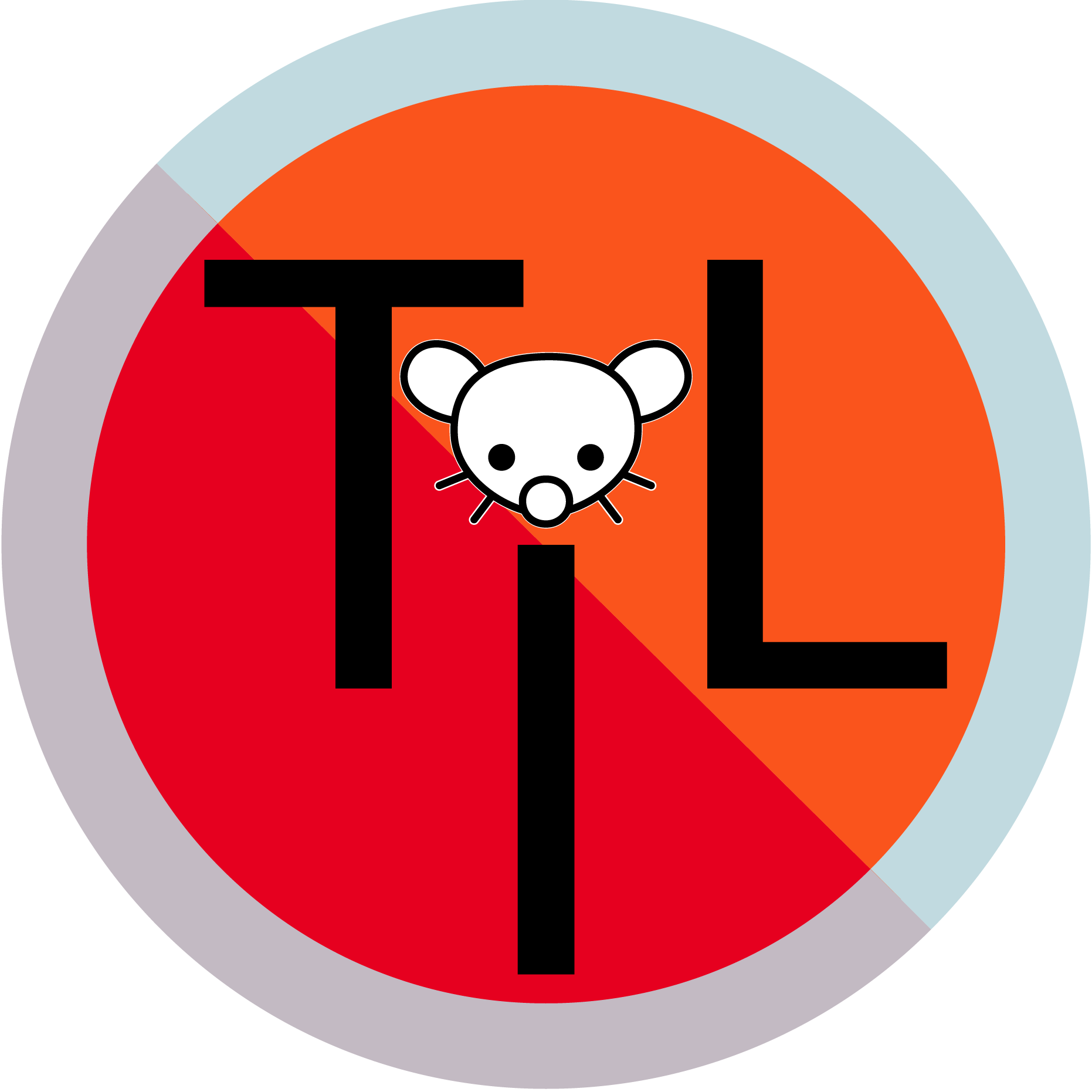Oh hey, this is the same person behind the “Lookin’ good, Susan” comic.
TheTechnician27
“Falsehood flies, and truth comes limping after it, so that when men come to be undeceived, it is too late; the jest is over, and the tale hath had its effect: […] like a physician, who hath found out an infallible medicine, after the patient is dead.” —Jonathan Swift
- 133 Posts
- 370 Comments

 2·6 days ago
2·6 days agoThe person I responded to already mentioned Loss.

 2·6 days ago
2·6 days agoI was debating whether that one was distracted boyfriend, but I see now that it’s just mirrored horizontally.

 30·6 days ago
30·6 days ago- Top left is a dab.
- 3rd column, 1st row is T-posing.
- 5th column, 1st row is the butterfly “is this a [thing]?” meme.
- Bottom left is a UFO.
- Bottom above the water vase is Dat Boi.
Not immediately sure about the others.

 3·6 days ago
3·6 days ago… Do you care to read 160 words into the article they linked?

 42·7 days ago
42·7 days agoIt’s only legal if you can build up enough speed to move to the parallel board in a single frame.
For what it’s worth, that’s not an especially relevant passage here, as it’s less to do with being open about your faith and moreso about intent. For example, those who would go to the synagogue to pray or who would give alms to make themselves feel better and appear righteous. The Bible is crystal clear that you should be openly expressing your faith to others should the intent be to spread the religion. Mark 16:15–16, for example, reads (NIV):
He said to them, “Go into all the world and preach the gospel to all creation. Whoever believes and is baptized will be saved, but whoever does not believe will be condemned."
Probably more relevant for your case are the passages along the lines of: “Look, give it the old college try, but if they aren’t willing to listen, don’t be a bitch about it; just move on.” For example:
“You have heard that it was said, ‘Love your neighbor and hate your enemy.’ But I tell you, love your enemies and pray for those who persecute you,
“Do not judge, or you too will be judged. For in the same way you judge others, you will be judged, and with the measure you use, it will be measured to you.
“Why do you look at the speck of sawdust in your brother’s eye and pay no attention to the plank in your own eye?
If the home is deserving, let your peace rest on it; if it is not, let your peace return to you. If anyone will not welcome you or listen to your words, leave that home or town and shake the dust off your feet. Truly I tell you, it will be more bearable for Sodom and Gomorrah on the day of judgment than for that town.
Etc.
It’s also a common egg substitute used in vegan cooking or for people with allergies. Wild, isn’t it?

 24·24 days ago
24·24 days ago- Computer scientists explaining they’re not necessarily good with IT
- Electrical engineers explaining they can’t necessarily do electrical work
Any others?

 211·29 days ago
211·29 days agoStop spamming LLM slop, OP.

 141·29 days ago
141·29 days agoStop spamming LLM slop, OP.
Wow, this is so true. I’m going to stop maintaining my relationships because anyone I know could get hit by a bus tomorrow. I’m also done with that stupid coursework, because what if I suffer a catastrophic brain injury that makes me forget everything I learned? I’m going to go rob a bank because the police could come and frame me for murder any day now. And I think I’m going to go jump off a cliff because death comes for us all anyway.
Sage advice, raoul.

 377·1 month ago
377·1 month agoNo average user would be able to look up what commands to run? Because newsflash: unlike Windows, searching for a common problem on Linux normally turns up a solution written by a human who knows what they’re talking about.
“Windows doesn’t even have basic package management like every Unix-like OS does so you don’t have to individually update applications and go find them on the Internet, but this one edge case on Linux requires like two terminal commands (the
sudo -iis totally superfluous if you just putsudoin front of commands) instead of installing an entire separate tool you’ll ever use one time like on Windows and which an average user wouldn’t even know exists. Therefore Linux is more complicated.”Incidentally, here’s what Microsoft officially recommends for the “average user” regarding PowerToys:

It’s insane how nose-blind Windows users are to how user-unfriendly their OS is.

 16·2 months ago
16·2 months agomonkei
I think they also think they’re vegan while holding that position. Hey OP, the animal kingdom doesn’t stop at the doorstep of genus Homo, you fucking nutjob.







Here’s the thing. You said a “North American river otter understands semiconductors.”
Is it in the same subfamily as the other otters? Yes. No one’s arguing that.